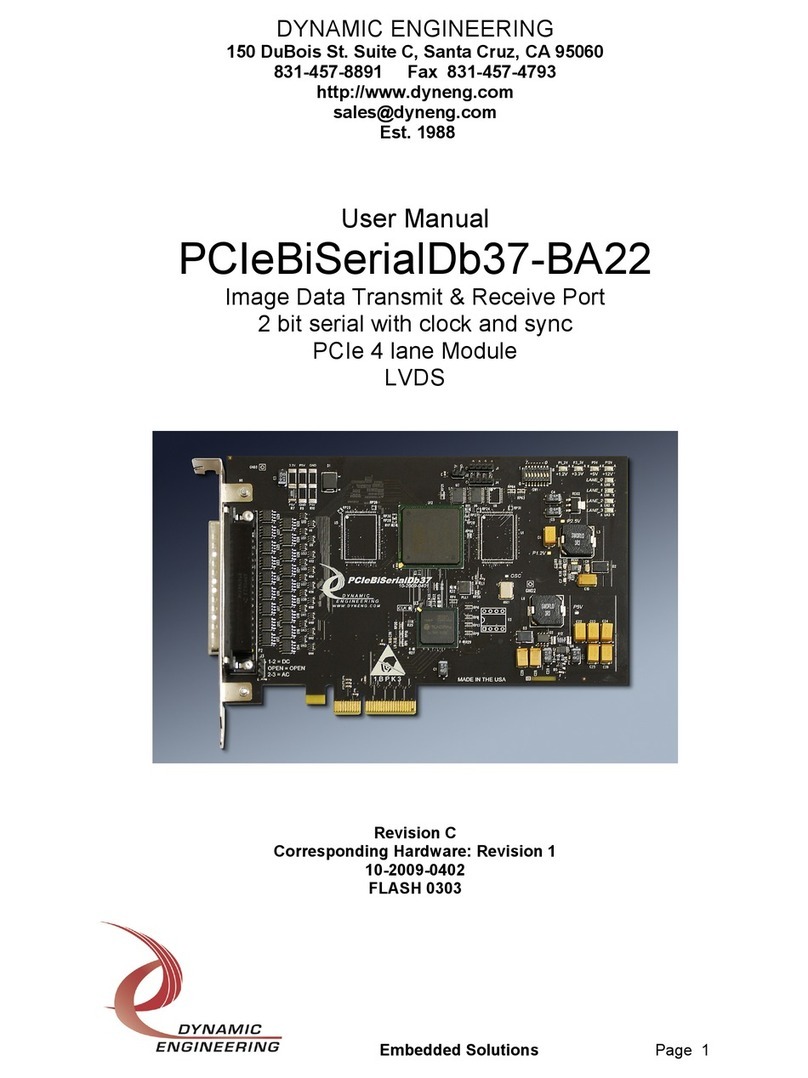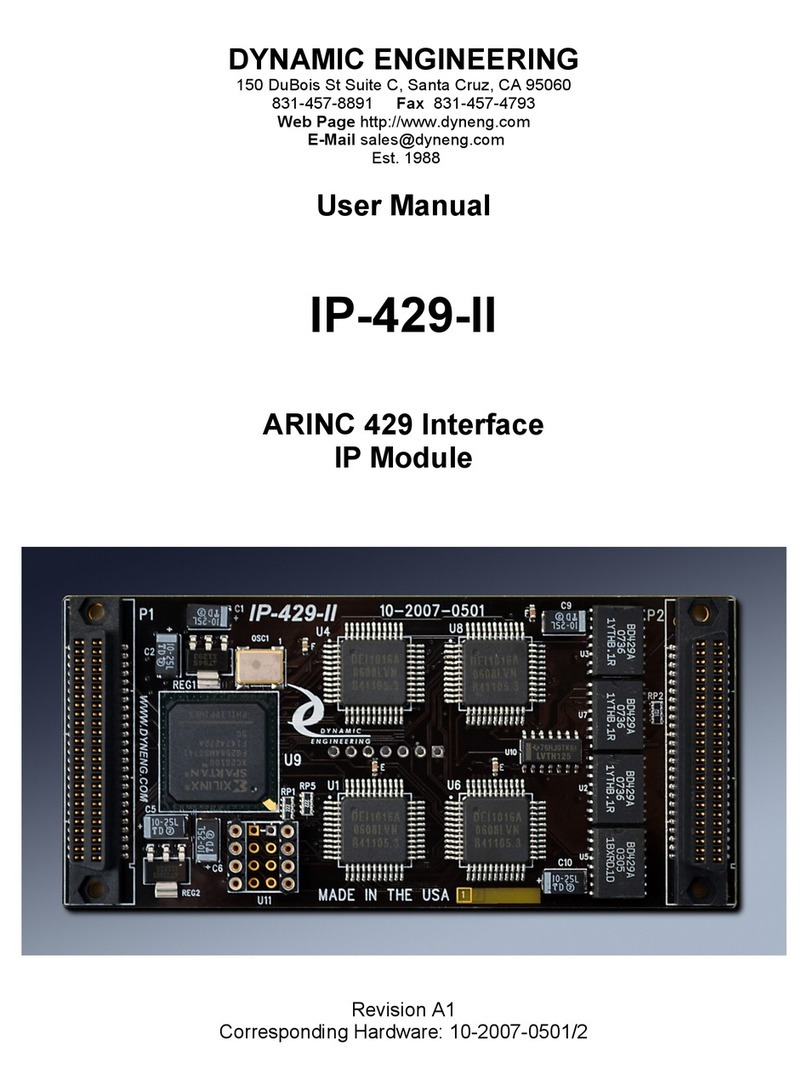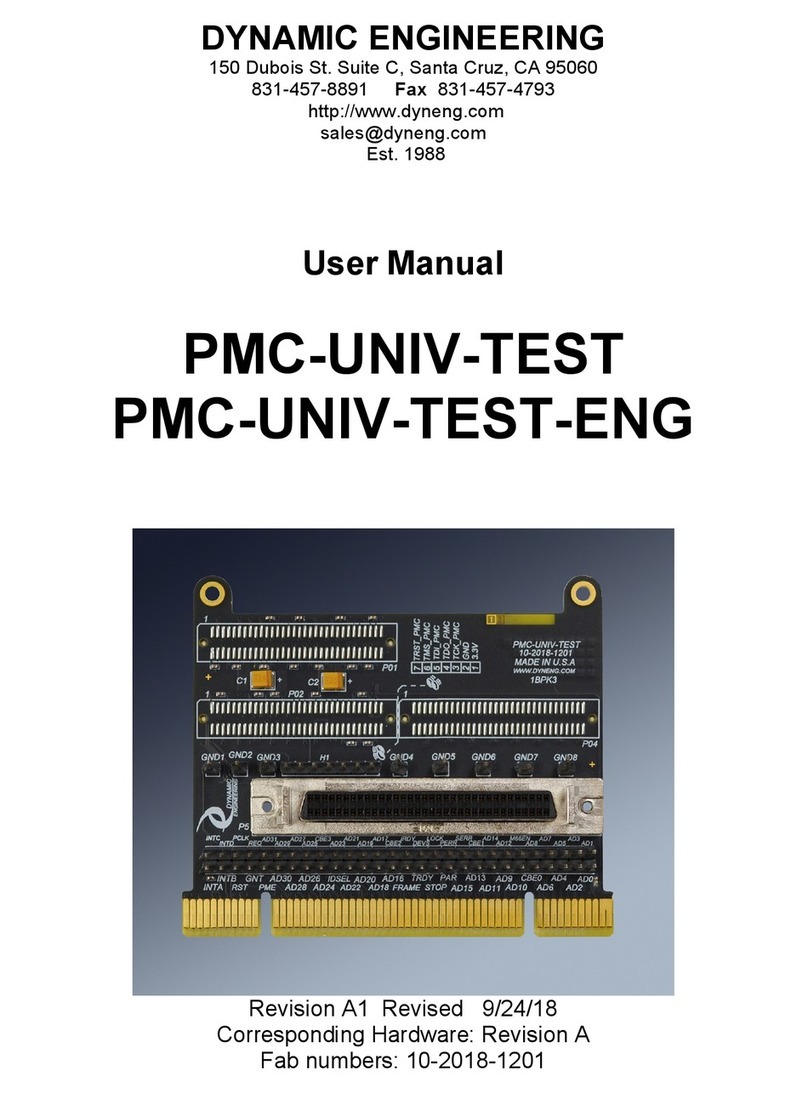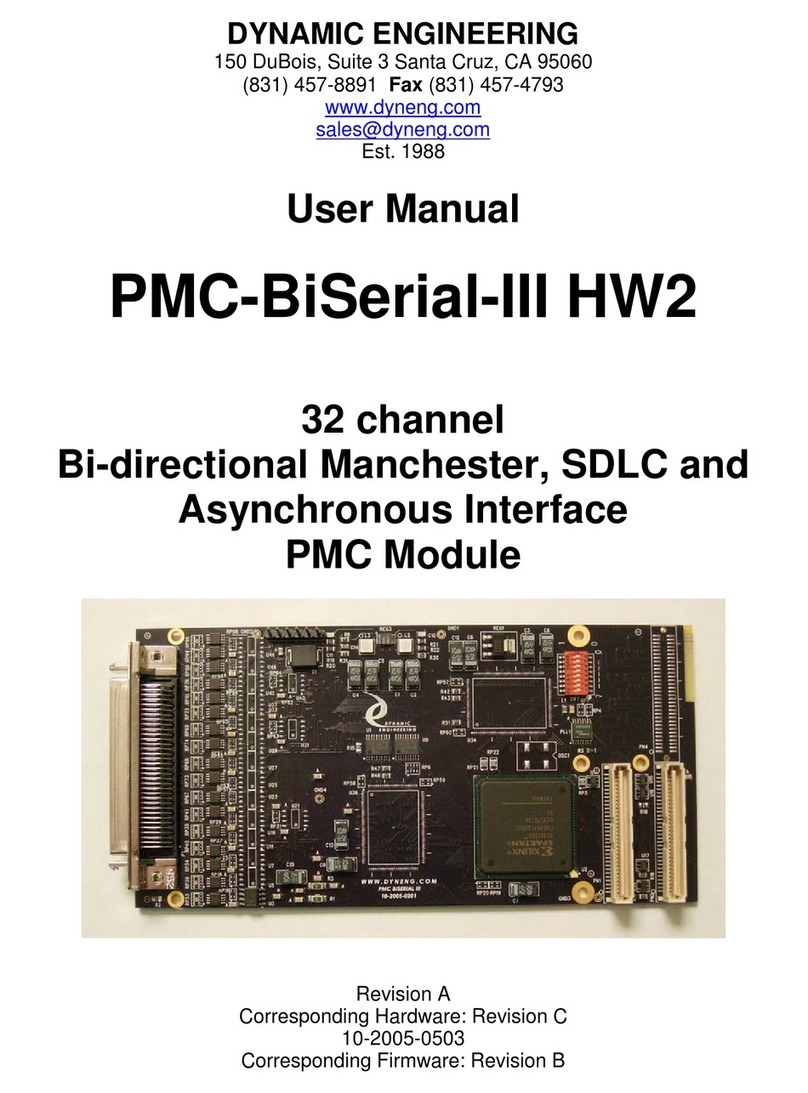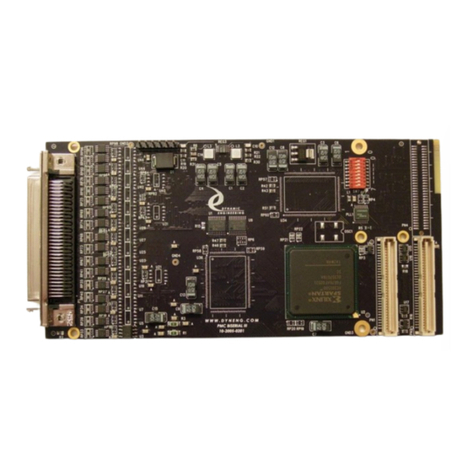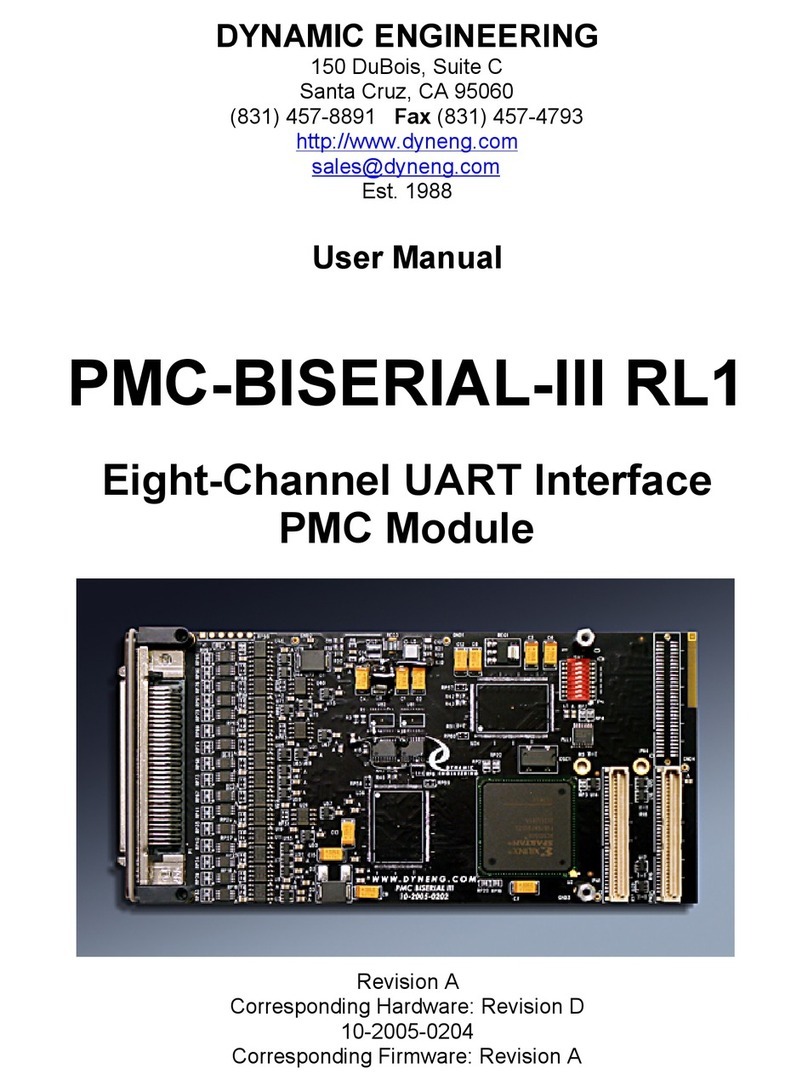Embedded Solutions Pg 5 of 20
Product Description and Operation
IP-CF is part of the IP Module family of modular I/O components. IP-CF is an adapter
which converts the IP bus protocol to IDE to allow a CompactFLASH module to be
installed into an IP slot. CompactFLASH is available in densities ranging up to
GigaBytes.
CompactFLASH modules can be communicated with in “true IDE” mode or with a
variant specific to CompactFLASH. IP-CF operates in IDE mode to allow other non-
CompactFLASH modules to be installed into the adapter.
The IP specification limits the height of the components above the IP to prevent
interference with the host card. IP-CF meets the type 1 [standard] height requirements
and can be used in any slot. A single socket can be placed on the IP Module and meet
the requirements. The IDE interface can be expanded to allow two CompactFLASH
units to be controlled from one IP-CF. The second unit would be installed on a
transition module.
The internal unit is set to be the master CompactFLASH device. The selection is done
with resistors installed at time of manufacture and can be altered by special request.
IP-CF has an oscillator position which is not used for the standard interface. If you have
a custom module which requires an alternate timing scheme the oscillator position can
be filled to support your requirements.
The state-machine has write-through capability to reduce the overhead on the local
CPU. The acknowledge signal is asserted when the data is captured within the Xilinx
and before the CompactFLASH device is written to. The state-machine completes the
data transfer to the CompactFLASH while the local CPU is completing the access and
potentially going on to the next set of instructions. If the CPU writes again before the
previous transfer is completed the new data is captured and held until the initial write is
completed before performing the second write. The acknowledge is held off until the
second write is protected to allow an overlapped pipeline to be established between the
host and the CompactFLASH with no loss of data.
Reads from the CompactFLASH data space are completed with the data fetched from
the CompactFLASH without hardware acceleration. We may add a pre-read feature in
the future to allow a similar no wait state access for the first read.
IP-CF supports both 8 and 32 Mhz. IP Bus operation. All configuration registers support
read and write operations for maximum software convenience. Word operations are
